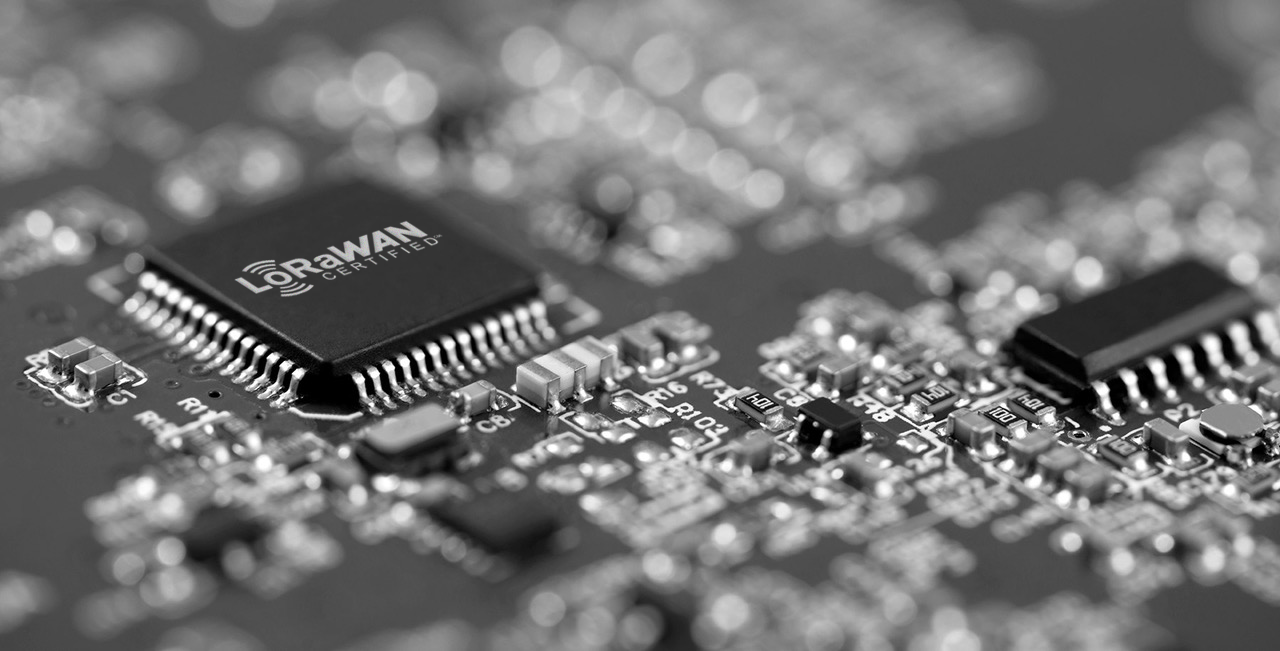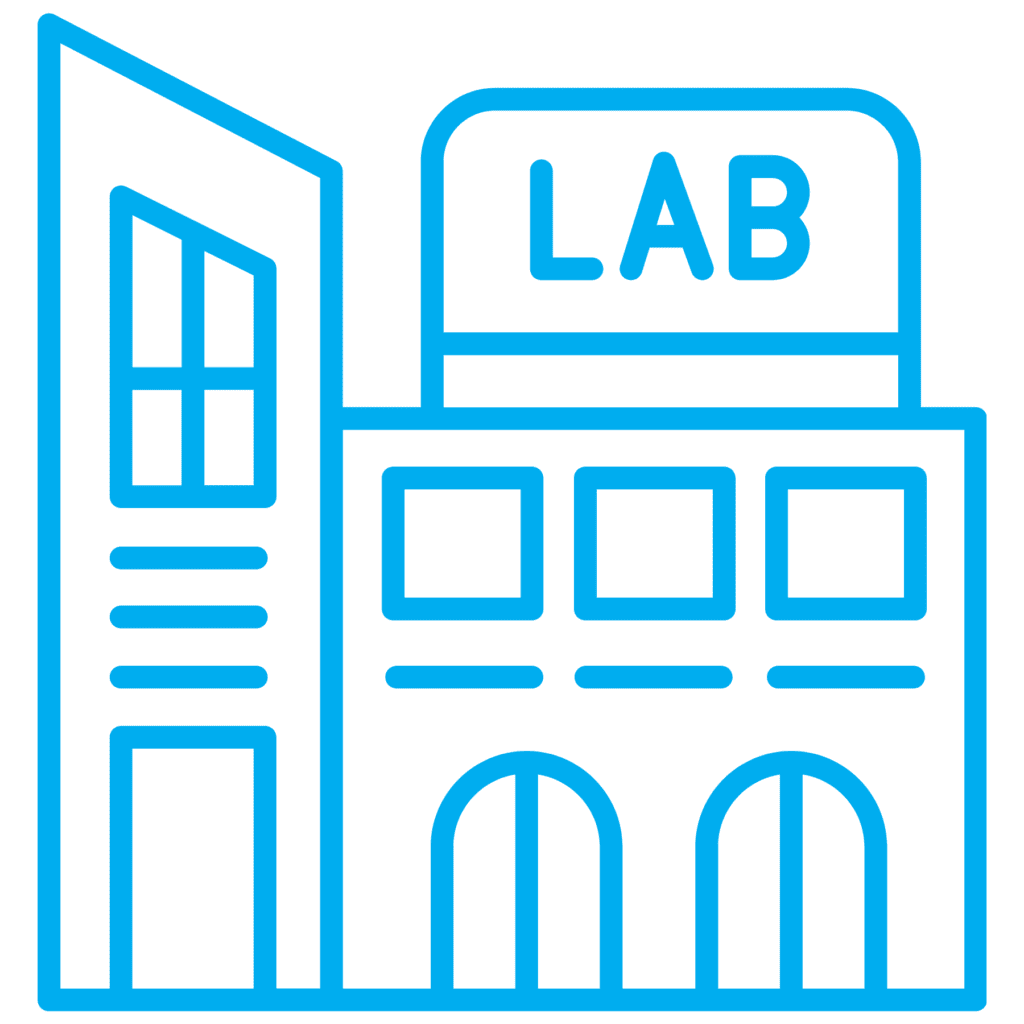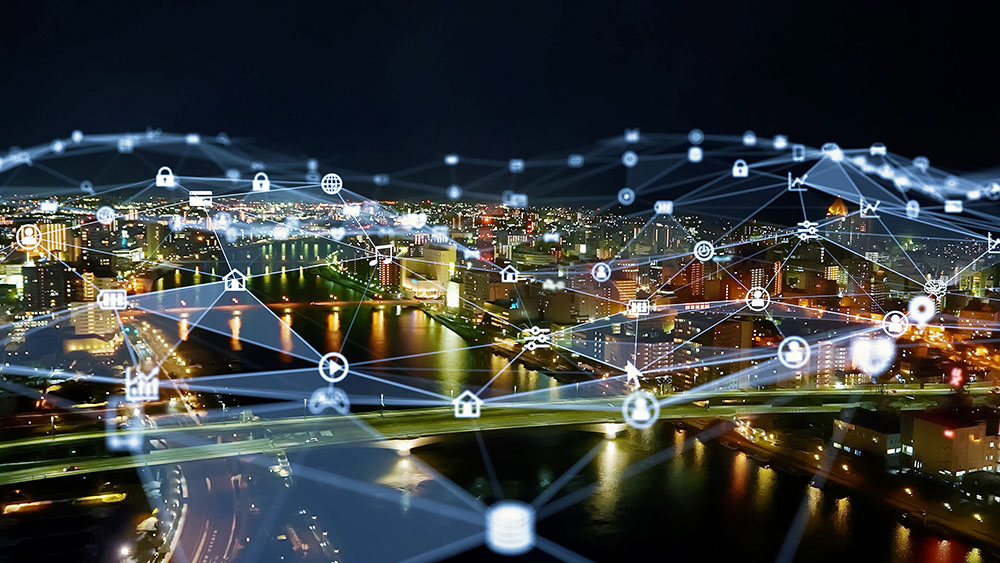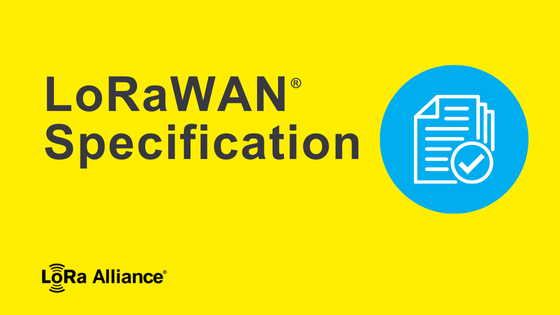LoRaWAN CertifiedCM
Why Certify?
There are several reasons why it is beneficial to require certification for LoRaWAN devices:

How to Certify Your Device
Only Members of the LoRa Alliance can certify devices.
There are two possible paths to LoRaWAN Certification. You can choose to use a third-party Authorized Test Lab, or certify in-house using the Self Test program.

Authorized Test Lab
An Authorized Test Lab (ATL) is a third-party testing lab that can perform LoRaWAN Device Certification testing at their location.
Why choose an ATL?
- Cost of third party testing is within your budget
- Your team does not have the bandwidth
- ATLs have the experience to help you debug your design.

Self Testing
Using the LoRaWAN Certification Testing Tool, your engineers can perform LoRaWAN Device Certification testing in your own facility.
Why choose Self Test?
- Your team has the skillset to perform self testing
- You have the bandwidth and resources on staff to manage self testing
- Reduce time to market

Authorized Test Lab

Self Test
Explore LoRaWAN® Certification
Learn more about the LoRaWAN Certification program and how to get started.
Certify by Similarity
Ensuring Success of Your LoRaWAN Deployment
Getting Started with the LCTT Tool
What Can Be Certified
Today, the LoRa Alliance certifies LoRaWAN end-nodes that are compliant with LoRaWAN standards. The LoRa Alliance is aggressively working to bring additional, value-added certification programs to its members. Providing Certification of LoRaWAN features above Layer 2 are regularly being deployed. Features like SCHC, FUOTA and RELAY are already available.

More questions?
Please see frequently asked questions and answers below.
Pre-certification testing with the LCTT conveniently takes place at the OEM’s facility. See above for details.
Self-testing would take place at the OEM’s facility.
Should you choose to use a LoRa Alliance Authorized Test Lab, that would take place at that lab’s facility. Each ATL selected by the LoRa Alliance has met the requirements for ISO/IEC10725 and is recognized by international accreditation bodies.
Find your preferred Authorized Test Lab here.
The LCTT (LoRAWAN Certification Test Tool) was developed by the LoRa Alliance to automate
testing of LoRaWAN end devices. The LCTT is provided to members who wish to pre-test and
troubleshoot their devices prior to submitting them to an ATL for certification testing.
All LoRa Alliance member companies are allowed one free LCTT license per year. Each additional license can be purchased for a fee of $1000 USD per license. Please contact cert-test@lora-alliance.org for license purchasing information.
A device or module manufacturer who wishes to have its device certified based on similarity to an existing certified device should:
- Pre-test for LoRaWAN v1.0.4 certification: Products must pass the Certification-by-Similarity LCTT tests and Back-off mechanism LCTT tests. These tests can be performed at the member’s internal lab and the logs must be sent to the ATL prior to certification.
- Complete the Certification Questionnaire and complete the Certification-by-Similarity Declaration form (see Certification Resources tab).
- The ATL fees for Certification-by-Similarity are expected to be less than the fees for full product testing.
- False statements on the Certification-by-Similarity Declaration form will result in immediate withdrawal of device certification.
Cases for Certification-by-Similarity:
- Case 1 – Module Integration: the variant device to be certified embeds a LoRaWAN CertifiedCM module.
- Case 2 – Device Certification-by-Similarity: the variant device to be certified uses the same module as another LoRaWAN CertifiedCM device.
Only active members of the LoRa Alliance may certify an end-device. To learn about membership options and benefits, please click here.
Ready to join? Submit your membership application here.
The following table shows fees for certifying LoRaWAN devices, as of June 3rd, 2024:
| LoRa Alliance® Certification Testing Fees | ||
| Device Type | Fee | Conditions |
| End-Device | $1,500 USD | Per Unique Model Number |
| Certification by Similarity (CbS) | $1,300 | Per Unique Model Number |
| LoRaWAN Module | $2,500 | Per Unique Model Number |
Authorized Test Lab Fees
Depending on the testing service requested, the average fees of having your devices certified through an Authorized Test Lab range from $1500-$5000 USD.
The LoRa Alliance encourages our ATL’s to be competitive however, due to International Anti-Trust regulations, the LoRa Alliance has no influence over what the ATL’s charge for their services. We encourage you to get several estimates and make the choice which best suits your needs and timeframe.
The RF Performance of a device is critical for the successful deployment of LoRaWAN networks to maximize the use of the radio spectrum available to the device. New optional extended RF tests will provide a full 3D radiated power scan, and a sensitivity figure of the devices ability to receive LoRaWAN packets.
The ability to demonstrate a satisfactory level of RF performance is important as most operators require a minimum RF performance for the devices they allow onto their networks.
Public operators have experienced a large amount of issues with devices on both the LoRaWAN communication protocol (MAC layer) and the RF emission properties. These two aspects are crucial for a successful IoT application. Incompatibilities of the device with the LoRaWAN protocol could result in unwanted behavior on the network and inefficient energy management. Due to suboptimal antenna designs and sizes, insufficient RF emission power will cause the device to only use a small part of the network’s full coverage, causing the coverage to seem a lot worse than it really is.
To ensure adequate performance of a device on a LoRaWAN network, each network operator distributes their own device qualification trademark after testing the applied hardware. Currently a hardware manufacturer must follow separate approval procedures at every public operator to obtain these network specific qualification trademarks. Therefore, the public operators listed below have agreed to use a common qualification process to approve devices on their networks. This process clarifies what must be done for a device to perform on a public network. The decision to approve a device remains with each network operator itself.
Documents to hand in to your operator:
- LoRaWAN® Certification according to latest LoRaWAN 1.0.2, LoRaWAN 1.0.4 specification
- LoRaWAN® End Device Radiated RF Performance EU, LoRaWAN® 1.0.4 End Device RF Performance for All regions V1.0
- LoRaWAN® Certification Questionnaire
- LoRaWAN® EU Supplementary Device Info Questionnaire**
- Additional interoperability testing for some operators
Causeway Links (Available to Members Only)
General resource documents for all regions and specifications:
- LoRaWAN® Certification Program Management and Development (PMD)
- LoRaWAN® Certification-by-Similarity Declaration v1.1
- GitHub link to reference code
LoRaWAN Specification 1.0.4 Resources:
Still need help?
For additional questions regarding the LCTT or the Certification process, please contact us. A member of the LoRa Alliance Certification Committee will be in touch.


